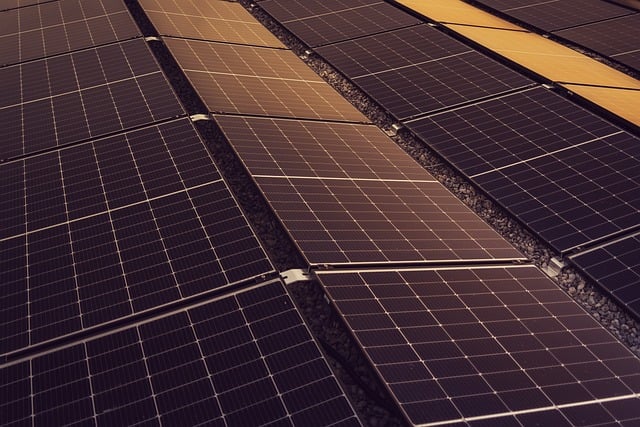Surviving the Storm: How Energy Efficiency Can Combat Extreme Weather in a Changing Climate
As our world continues to face the undeniable impacts of climate change, extreme weather events have become increasingly common. From devastating hurricanes to crippling heatwaves, these natural disasters not only disrupt our daily lives but also challenge our resilience. Amidst this unpredictability, one powerful strategy stands out: energy efficiency. By optimizing how we use energy, we can mitigate the adverse effects of extreme weather and create a more sustainable future.
The environment around us is continuously shifting, with rising global temperatures fueling severe storms, droughts, and floods. Each year, we witness heartbreaking stories of families displaced from their homes and communities grappling with destruction. This climate crisis calls for immediate action, and energy efficiency is a key part of the solution. It offers us a way to not only reduce our carbon footprint but also to build a more robust infrastructure that can withstand the pressures of Mother Nature.
At its core, energy efficiency means using less energy to perform the same tasks. Imagine a winter storm hitting your area, leading to a power outage. Homes equipped with energy-efficient insulation, windows, and heating systems can maintain warmth longer without drawing on excessive electricity. As a result, families stay safe and secure even in the dead of winter. In this way, energy efficiency becomes not just a concept but a lifeline during extreme weather events.
Moreover, transitioning towards renewable energy sources is an integral part of energy efficiency. Solar panels and wind turbines harness natural resources, reducing our dependence on fossil fuels. When our energy comes from renewable sources, we diminish the harmful emissions that contribute to climate change and its associated extreme weather. Communities that invest in renewable energy systems often find themselves better prepared for storms, as clean energy can be more resilient in the face of disaster.
The relationship between energy efficiency and climate change also extends to how we approach urban planning and infrastructure. Energy-efficient buildings and public transport systems can significantly decrease energy consumption and assist in decreasing urban heat islands—areas that experience higher temperatures due to human activities. As the climate continues to evolve, redesigning our cities with energy efficiency in mind can promote sustainability and improve the quality of life for residents.
We all share the same planet, and its future relies on our collective actions. Embracing energy efficiency is not merely an individual choice; it’s a communal responsibility. When we advocate for policies and practices that prioritize efficient energy use, we empower ourselves and future generations to face the challenges that extreme weather brings. By integrating energy-efficient solutions into our homes, businesses, and infrastructure, we can cultivate resilience against the unpredictable storms ahead.
Ultimately, navigating the complexities of a changing climate requires us to rethink how we interact with our environment. Through energy efficiency, we find a beacon of hope—a way to counteract the extremes we face and adapt to a future fraught with uncertainty. Together, let’s harness this strategy to not only survive the storm but also thrive in the face of it.




